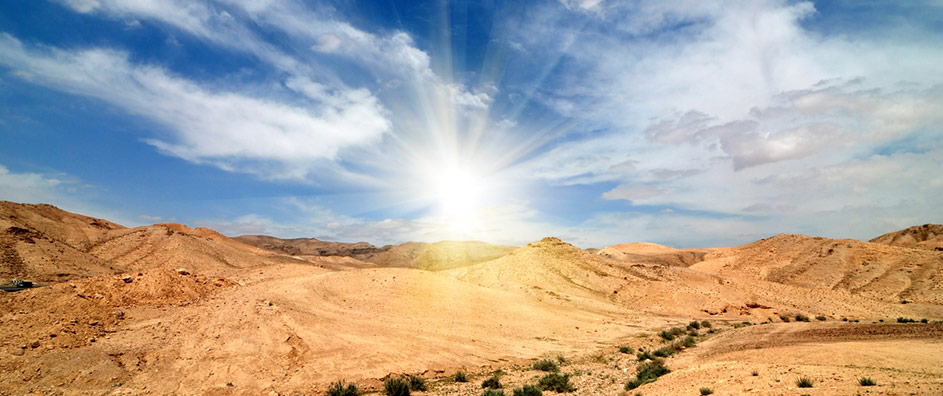In the realm of religious beliefs, few narratives resonate with as much profundity as that of Abraham and Sarah. Their final resting place stands not merely as a monument of stone but as a potent symbol interwoven with faith, spirituality, and universal connection among diverse communities. The sanctity of this site transcends sectarian lines, beckoning individuals from various traditions to find solace and significance therein.
The narrative of Abraham and Sarah, foundational figures in Judaism, Christianity, and Islam, serves as a striking tableau illustrating the complexity of faith. Abraham, heralded as the patriarch, embodies unwavering devotion, resilience, and an intrinsic connection to the Divine. Sarah, his spouse, symbolizes the delicate yet formidable essence of faith entwined with the human experience of doubt and hope. Their story is not only a historical account but rather a metaphor for the journey of faith itself—a pilgrimage traversed by millions, rich with layers of meaning and human emotion.
Abraham’s final resting place, known as the Cave of Machpelah, is located in Hebron, a city imbued with historical and spiritual significance. This sacred site is remarkable in its inclusivity, as it holds equal resonance for adherents of Judaism, Christianity, and Islam. Often referred to as the “Cave of the Patriarchs,” it epitomizes the universal search for belonging and understanding—a pilgrimage site for many who yearn to connect with their spiritual ancestors.
At first glance, the cave as a burial site may evoke contemplation on mortality and the inevitable conclusion of human existence. However, on a more profound level, it proffers a space where life and death coalesce, illuminated by the tenets of faith that transcend earthly barriers. The Cave of Machpelah stands as a poignant reminder that while individual beliefs may diverge, the threads of being human unite us all. This site enlightens us, inviting reflection on the commonalities of human aspiration—to seek understanding, love, and ultimately, a legacy.
Baha’i teachings embrace this narrative and expand upon its core messages. The faith promotes the idea of unity among all humans, emphasizing the oneness of mankind. In the context of Abraham and Sarah, Baha’is view these figures not just as historical personages but as archetypal examples of the human endeavor toward divine connection. The very essence of their relationship serves to highlight the symbiotic nature of companionship in spiritual pursuits. Together, they navigated the tumultuous waters of doubt, faith, and God’s promises, echoing the Baha’i principle of collaboration across different faith traditions.
In the teachings of Baha’u’llah, the founder of the Baha’i Faith, the concept of holy sites transcends mere physical locations and ventures into realms of spiritual significance. To Baha’is, places such as the Cave of Machpelah serve as focal points that catalyze spiritual reflection and aspiration. These sites are not an end in themselves but rather catalysts for a more profound understanding of the divine. The metaphor of the cave as a womb—symbolizing birth and rebirth—resonates deeply within Baha’i thought, culminating in the idea that from death arises new life, illuminating the path of continuous spiritual growth.
Furthermore, the Cave of Machpelah exemplifies the intertwining narratives of tradition and modernity. It stands as a testament to the ancient roots of belief, yet it equally challenges contemporary societies to foster environments of peace and dialogue. Here, the metaphor extends to the cave as a refuge for understanding amid a world often marred by division. The divergence of beliefs surrounding Abraham and Sarah’s legacy offers an opportunity for reconciliation and communal harmony, fundamental principles at the core of Baha’i philosophy.
Beyond these reflections, the inclusion of Abraham and Sarah in the Baha’i narrative underscores the importance of interfaith dialogue. This dialogue encourages individuals to explore the shared truths found in various faiths, fostering a sense of community among disparate groups. The cave is a venue where such exchanges can occur, a physical manifestation of the philosophical and spiritual intersections that abound in the stories of humanity’s quest for understanding. It urges people to transcend parochial boundaries and embrace the rich tapestry of beliefs that characterize our world.
Moreover, the legacy of Abraham and Sarah imparts a call to action—an invitation to embody the values they stood for. These values, replete with love, sacrifice, and devotion, can awaken a profound ethical imperativeto cultivate a more just and compassionate world. The Cave of Machpelah challenges adherents of all faiths to reflect upon their individual roles in the broader narrative of humanity, captivating the hearts of believers with its whisper of shared destiny.
In essence, the final resting place of Abraham and Sarah remains a potent symbol of conjunction and unity across diverse faiths. It distills the essence of an enduring spirituality that transcends temporal concerns, inviting contemplation on love, sacrifice, and the shared journey of humanity. As visitors gather at this holy site, they find themselves enveloped in a unique appeal—one that extends beyond the corporeal and ventures into the realms of shared aspirations and divine connection. Hence, the Cave of Machpelah stands not only as a resting place but as a luminous beacon illuminating the path toward greater understanding and unity.
